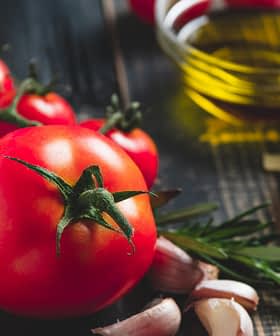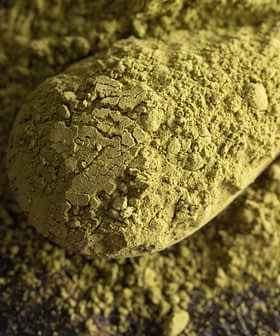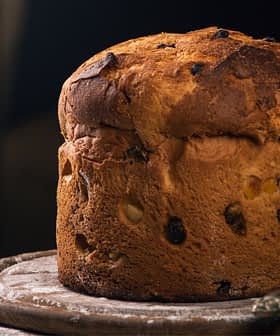 9.8K reads
9.8K readsBasics
Use Extra Virgin Olive Oil for Healthy and Delicious Baking

The health benefits and unique flavors of extra virgin olive oil have become popular in baking, especially in Spain and Italy. Renowned pastry chefs are using olive oil in innovative ways, and researchers are working on producing solid olive oils to offer butter-like textures at room temperature. Olive oil sommeliers are encouraging bakers to explore the opportunities that extra virgin olive oil brings to baking, as it can be a healthier alternative to traditional pastries and animal products.
The health benefits and unique flavors of extra virgin olive oil have made inroads in the baking world in the last decades.
This is especially true in Spain and Italy, where olive oil culture has thrived for generations.
The first step is to choose the olive oil best suited for your baking experience, a choice that will significantly impact on the final result.
Now, renowned pastry chefs are using extra virgin olive oil in new and innovative ways, while researchers work to produce solid olive oils that are capable of offering butter-like textures and stability at room temperature.
“Using extra virgin olive oil for baking creates new kinds of solutions,” Alessio Busi, a food technology consultant at Omar SNC, a foodservice and technology company, told Olive Oil Times.
See Also:Olive Oil BasicsFor Busi, olive oil’s distinct characteristics, including its liquid form and strong flavors, suggest that it cannot be used as a direct replacement for butter.
“What pastry chefs can do is use olive oil to explore and create new and different products,” he said.
An increasing number of olive oil sommeliers are asking bakers to explore the opportunities that extra virgin olive oil brings to the baking world.
They see extra virgin olive oil as a viable plant-based alternative to animal products and a healthier option to traditional pastries
How to choose the perfect olive oil for baking
“The first step is to choose the olive oil best suited for your baking experience, a choice that will significantly impact on the final result,” Antonio Campeggio, a pioneer in olive oil baking and famous Italian pastry chef from Puglia, told Olive Oil Times.
“Its acidity should be as low as can be with such fine products, and if it is organic that is even better,” he added. “Its flavors should be round and soft, not intense because it is a raw material which has to amalgamate with other raw materials such as vanilla beans, wholemeal flour and so on.”
See Also:Food & CookingLocated in Lecce, one of the largest olive oil-producing areas in Italy, Campeggio sees extra virgin olive oil as an obvious ingredient for baking. Still, perceiving extra virgin olive oil’s presence in shortcrust pastry, cupcakes or chocolates might surprise many customers.
“People’s palates are not always well educated. All know butter, not all know olive oil in baked products,” Campeggio said. “This means that we have to educate them to recognize and appreciate that unique flavor.”
“There is some work to do, but a high-quality extra virgin olive oil should be tasted,” he added.
How to bake with EVOO
While many pastry chefs innovate with new baking recipes that incorporate EVOO, most home bakers and other chefs use olive oil as a healthy replacement for butter.
This happens mostly in recipes that ask for the use of liquid butter, such as granola, quick bread, brownies, muffins and some cakes. Many also use extra virgin olive oil for shortcrust pastry too.
To obtain the best results, pastry chefs replace butter with a smaller quantity of extra virgin olive oil and bake their goods using slightly different techniques.
Butter recipes substituted with olive oil will need to be adjusted; 82 or 83 grams of extra virgin olive oil replace 100 grams of butter, with the rest of the volume filled with water.
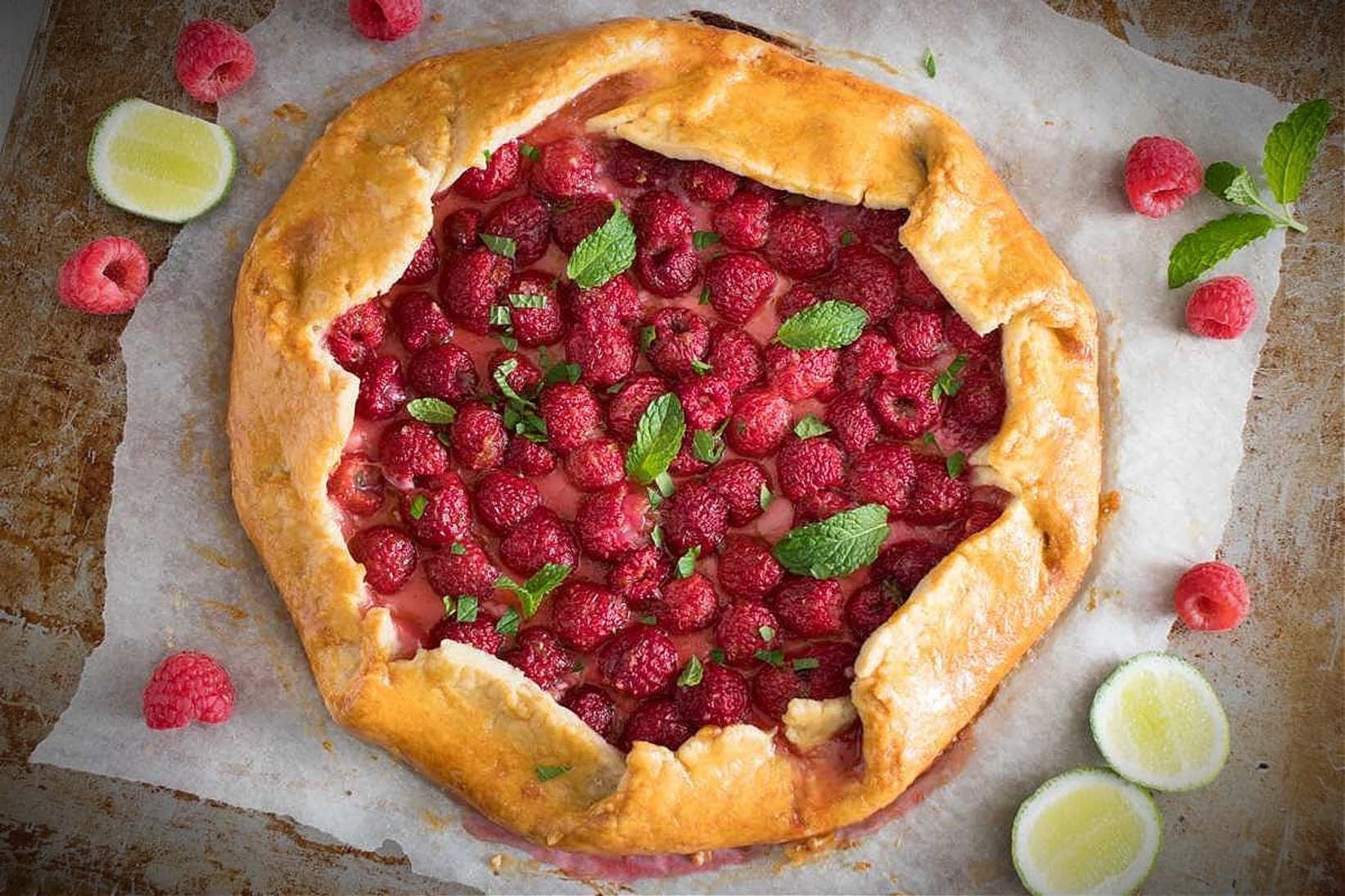
Olive Oil Raspberry and Goat Cheese Galette (Patterson Watkins for Olive Oil Times)
“There are a few things we need to be aware of when baking with olive oil,” Campeggio said. “First of all, as it is a liquid fat, the resulting products, such as a typical shortcrust pastry, tend to be more fragile, more delicate.”
“In such cases, the kneading process will have to be slow and careful, and might be helped by leaving the dough in a fridge for a while,” he added.
See Also:Recipes With Extra Virgin Olive OilPastry chefs warn that correct baking temperatures for EVOO-based creations are even more important than they are for butter-based products.
Most baking is carried out with temperatures varying from 150 ºC to 250 ºC. When baking EVOO-based products, high temperatures might end up frying olive oil within the products themselves.
“Baking temperatures should be mild,” Campeggio said. “For instance, when working on a biscuit or a cookie we should not be more than 170 ºC or 180 °C, since frying temperatures are around 175 ºC or 176 °C.”
He added that this means products will have a “straw yellow bisque” tint instead of a cinnamon-like color.
While extra virgin olive oil cannot replace butter in many recipes that ask for solid fat (which is saturated), it can still be used to enhance butter-based recipes.
“For instance, should we have a recipe asking for 1,000 grams of butter, one could choose to replace 400 grams of that with extra virgin olive oil,” Campeggio said. “That would bring to a softer product, with extra virgin olive oil used as an enhancer of the final structure and texture.”
EVOO as a solid fat for baking
The next frontier for baking with extra virgin olive oil is to have the unsaturated fats of extra virgin olive oil wholly replace the saturated fats of butter.
“That is the main hurdle,” Busi said. “Whoever tries to bake a doughnut using extra virgin olive oil as the main fat will end up with a flabby product that is greasy and unbalanced. Still, we can efficiently replace butter with olive oil in our recipes, but will need a workaround.”
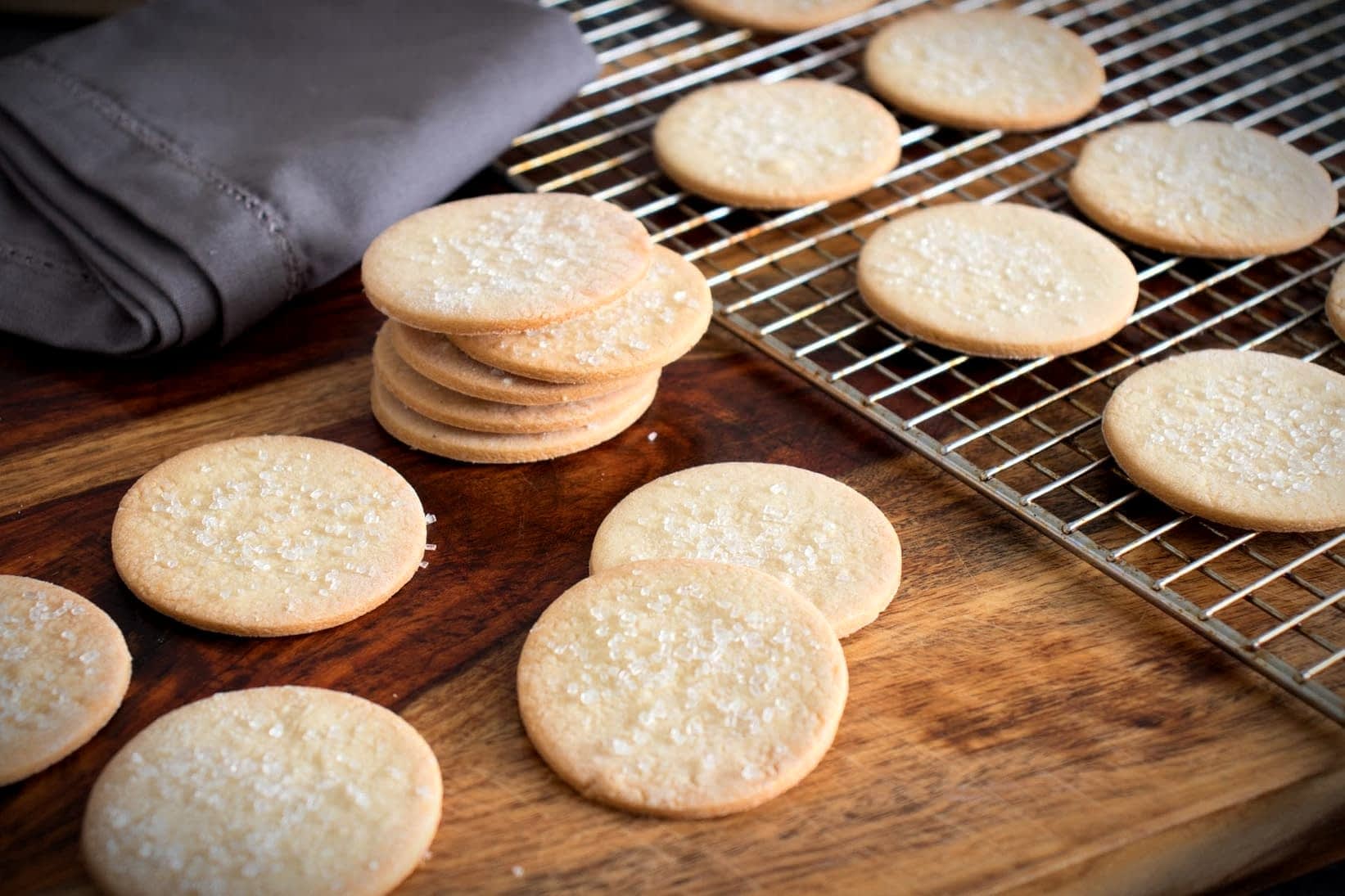
Olive Oil Sablé Cookies (Patterson Watkins for Olive Oil Times)
A solution some pastry chefs are adopting is to mix extra virgin olive oil with differently structured vegetable fats, such as coconut oil. This produces a fat mix that does not include animal products and whose flavors may also offer hints of extra virgin olive oil.
“We call this vegan butter, which you can easily obtain mixing cocoa butter with olive oil or fats from rice and peanuts,” Busi said. “That can therefore be used to give value to local productions, for instance by choosing an extra virgin olive oil from a specific region.”
In a not-so-distant future, pastry chefs and household bakers alike could receive new inspiration from scientific research.
Currently, several research teams are working to find the perfect solution to creating olive oil that is solid texture at room temperature, which would offer new opportunities to the world of baking.




